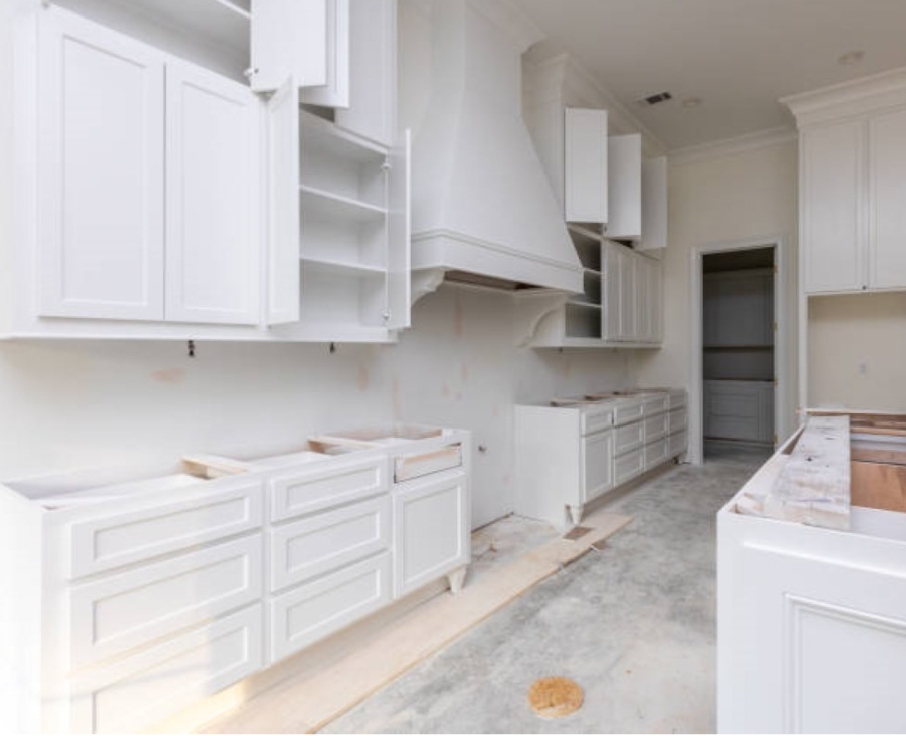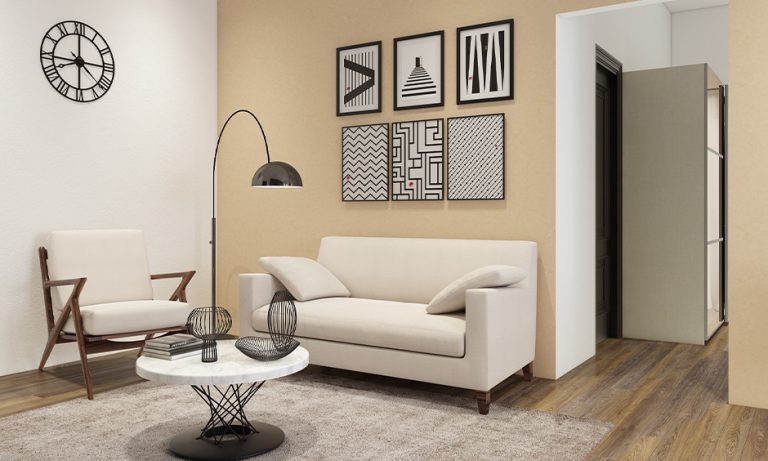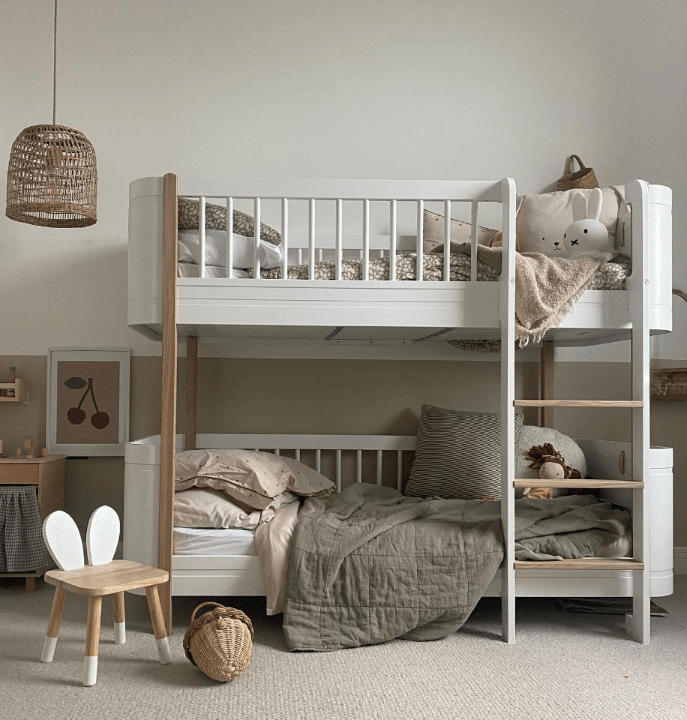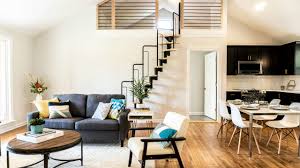The Historical Development of RTA Cabinets: From Origins to Market Growth
Ready-to-assemble (RTA) cabinets have become a staple in the world of home improvement and renovation projects.
Offering convenience, affordability, and style, RTA cabinets have undergone a fascinating historical development, from their humble beginnings to their widespread popularity in today’s market.
In this comprehensive exploration, we delve into the origins and evolution of RTA cabinets, uncovering the factors that have contributed to their remarkable growth and success.
Origins and Evolution
Early Beginnings
The concept of RTA cabinets traces back to the early 20th century when homeowners began seeking more affordable and convenient options for kitchen and bathroom renovations.
At the time, traditional custom-built cabinets were costly and time-consuming to install, prompting the need for a more accessible alternative.
Pioneering Innovations
In the 1950s and 1960s, pioneering manufacturers began experimenting with flat-pack furniture designs inspired by Scandinavian craftsmanship.
These early RTA cabinets featured simple yet sturdy construction, with components that could be easily assembled using basic tools.
Advancements in Manufacturing
The 1980s saw significant advancements in manufacturing techniques and materials, leading to the mass production of RTA cabinets on a larger scale.
Manufacturers embraced computer-aided design (CAD) technology and automated production processes, resulting in higher precision and efficiency in cabinet production.
Introduction of Knock-Down Cabinets
During the 1990s, the concept of knock-down (KD) cabinets gained traction, offering even greater convenience and cost savings for homeowners and contractors.
KD cabinets featured pre-drilled holes and cam-lock assembly systems, allowing for quick and hassle-free installation without the need for specialized skills or tools.
Market Growth
Rising Demand for Affordable Solutions
As the cost of traditional custom-built cabinets continued to rise, homeowners increasingly turned to RTA cabinets as a more budget-friendly alternative.
The affordability of RTA cabinets made them accessible to a broader demographic, including first-time homebuyers, DIY enthusiasts, and property investors.
Convenience and Accessibility
RTA cabinets revolutionized the renovation process by offering unparalleled convenience and accessibility.
Homeowners no longer had to wait weeks or months for custom-built cabinets to be manufactured and delivered. Instead, they could purchase RTA cabinetry online and have them assembled and installed within days.
Expanding Product Range and Design Options
Over the years, RTA cabinet manufacturers have expanded their product range to cater to diverse consumer preferences and design trends.
Today, homeowners can choose from a wide variety of styles, finishes, and configurations, ranging from sleek modern designs to classic and traditional aesthetics.
Online Retail and E-commerce Growth
The advent of e-commerce has played a significant role in the growth of the RTA cabinet market.
Online retailers offer extensive selections of RTA cabinets at competitive prices, making it easier than ever for homeowners to research, compare, and purchase cabinets from the comfort of their homes.
Sustainability and Environmental Awareness
With increasing emphasis on sustainability and environmental conservation, RTA cabinets have gained popularity for their eco-friendly attributes.
Many manufacturers use responsibly sourced materials and environmentally friendly production processes, appealing to environmentally conscious consumers.
To Sum Up
The historical development of RTA cabinets is a testament to the innovation, ingenuity, and adaptability of the home improvement industry. From their modest beginnings to their widespread adoption in today’s market, RTA cabinets have transformed the way homeowners approach kitchen and bathroom renovations. With their affordability, convenience, and versatility, RTA cabinets are poised to continue shaping the future of home design and renovation for years to come.







